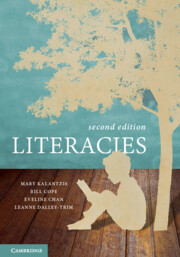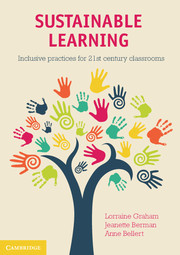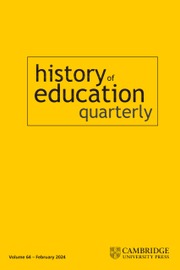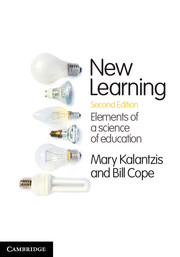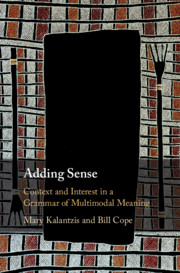Literacies
With the rise of new technologies and media, the way we communicate is rapidly changing. Literacies provides a comprehensive introduction to literacy pedagogy within today's new media environment. It focuses not only on reading and writing, but also on other modes of communication, including oral, visual, audio, gestural and spatial. This focus is designed to supplement, not replace, the enduringly important role of alphabetical literacy. Using real-world examples and illustrations, Literacies features the experiences of both teachers and students. It maps a range of methods that teachers can use to help their students develop their capacities to read, write and communicate. It also explores the wide range of literacies and the diversity of socio-cultural settings in today's workplace, public and community settings. With an emphasis on the 'how-to' practicalities of designing literacy learning experiences and assessing learner outcomes, this book is a contemporary and in-depth resource for literacy students.
- Provides a comprehensive introduction to literacy pedegogy in today's new media environment
- Focuses not only on reading and writing, but also on other modes of communication including oral, visual, gestural and spatial
- Using real-world examples and illustrations, it emphasises the 'how-to' practicalities of designing literacy learning experiences and assessing learner outcomes
Product details
September 2016Paperback
9781107578692
528 pages
249 × 177 × 23 mm
1.03kg
64 b/w illus. 96 colour illus. 2 maps
Available
Table of Contents
- Part A. The 'Why' of Literacies:
- 1. Literacies on a human scale
- 2. The purposes of literacies
- Part B. Approaches to Literacies:
- 3. Literacies pedagogy
- 4. Didactic literacy pedagogy
- 5. Authentic literacy pedagogy
- 6. Functional literacy pedagogy
- 7. Critical literacies pedagogy
- Part C. The 'What' of Literacies:
- 8. Literacies as multimodal designs for meaning
- 9. Making meaning by reading
- 10. Making meaning by writing
- 11. Making visual meanings
- 12. Making spatial, tactile and gestural meanings
- 13. Making audio and oral meanings
- Part D. The 'How' of Literacies:
- 14. Literacies to think and to learn
- 15. Literacies and learner differences
- 16. Literacies' standards and assessment.

